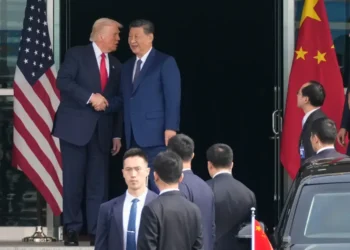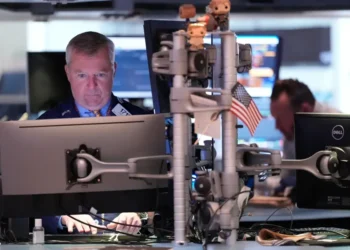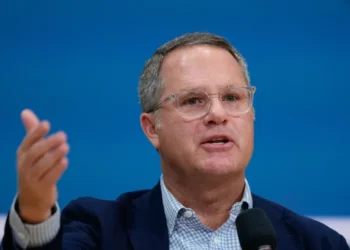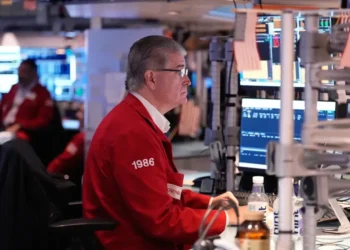What’s in the UK-US Tariff Deal? A Look at What’s Likely on the Table
The United States and the United Kingdom are set to announce a new tariff agreement—one that could offer key relief to UK exporters, but falls short of a full-fledged trade deal.
While President Trump has hyped the upcoming announcement as a “major trade deal,” the reality is more modest. Here’s a breakdown of what to expect—and what it means for both sides.
Not a Trade Deal—But Still Significant
Despite the fanfare, this isn’t a comprehensive trade agreement. President Trump doesn’t have the authority to sign one without congressional approval. What’s coming instead is a limited pact focused on reducing or exempting specific tariffs.
The goal? A quick-win agreement before the 90-day pause on Trump’s original tariffs expires. So don’t expect sweeping changes—at least not yet.
A Narrow, Short-Term Arrangement
This deal is likely to be a bare-bones framework. Officials expect it to be short-term and narrowly focused on key industries rather than a broad overhaul.
The blanket 10% tariff on most UK goods entering the US is expected to stay in place. However, the UK may secure relief from the harsher 25% tariffs that hit some of its biggest exports—particularly in the automotive and steel sectors.
Autos Take Center Stage
The UK’s top export to the US—cars—could be at the heart of this deal. Last year, UK car exports to the US were worth about £9 billion.
Trump’s 25% tariffs on car imports have hit the industry hard. The new agreement could lower those tariffs or introduce a quota system, which would allow a fixed number of UK-made cars to enter the US tariff-free. Anything above that limit would face extra charges.
While UK manufacturers prefer a blanket tariff cut, a quota would still offer some breathing room. On the UK side, tariffs on US car imports—currently at 10%—are expected to be lowered. The US wants that rate slashed to 2.5%, and UK Chancellor Rachel Reeves has signaled a willingness to consider it.
Steel and Aluminium in the Spotlight
Steel and aluminium have been subject to a 25% US import tariff since March. Although the UK exports only about £700 million worth of raw steel and aluminium, products made from these materials—like gym equipment and machinery—make up a further £2.2 billion in exports.
Industry leaders warn that without relief, these tariffs could be devastating. They could also flood the global market with excess steel, putting more pressure on UK producers already struggling with competition and high energy costs.
Whether the deal offers lower tariffs or a quota system for these sectors remains to be seen.
The Big Unknown: Pharmaceuticals
One area still in the dark is pharmaceuticals. The UK exported £6.6 billion in medicinal and pharmaceutical products to the US last year—making it the second-biggest export category. The US, meanwhile, sent £4 billion worth of drugs the other way.
While medicines typically avoid tariffs under global agreements aimed at keeping healthcare affordable, there’s always the risk of future restrictions. For now, no new pharmaceutical tariffs have been announced by the Trump administration.
A Possible Trade-Off: Digital Services Tax
Another potential part of the bargain? The UK may agree to reduce its 2% digital services tax on US tech giants like Meta, Google, and Apple in exchange for tariff relief on exports like cars and pharmaceuticals.
The UK brought in around £360 million from the tax in its first year, but it’s a politically sensitive issue. Cutting it could be seen as bowing to pressure from Big Tech—or from President Trump.
Food Standards Off the Table
Although agricultural tariffs could be adjusted, don’t expect the UK to budge on food standards.
Chancellor Reeves has made it clear that imports like chlorinated chicken or hormone-treated beef will remain banned. The UK is prioritizing alignment with EU food safety rules, especially with a planned “Brexit reset” on the horizon.
American farmers have long pushed for more access to UK markets, but backing off these demands—even temporarily—would be seen as a diplomatic win for Prime Minister Keir Starmer.
Bottom Line
This UK-US tariff deal isn’t the sweeping trade agreement some headlines might suggest. But for key industries like automotive, steel, and tech, it could offer targeted relief—and help prevent further economic strain on both sides of the Atlantic.
As always, the devil will be in the details—and in the months of negotiations still to come.
This article was rewritten by JournosNews.com based on verified reporting from trusted sources. The content has been independently reviewed, fact-checked, and edited for accuracy, neutrality, tone, and global readability in accordance with Google News and AdSense standards.
All opinions, quotes, or statements from contributors, experts, or sourced organizations do not necessarily reflect the views of JournosNews.com. JournosNews.com maintains full editorial independence from any external funders, sponsors, or organizations.
Stay informed with JournosNews.com — your trusted source for verified global reporting and in-depth analysis. Follow us on Google News, BlueSky, and X for real-time updates.













